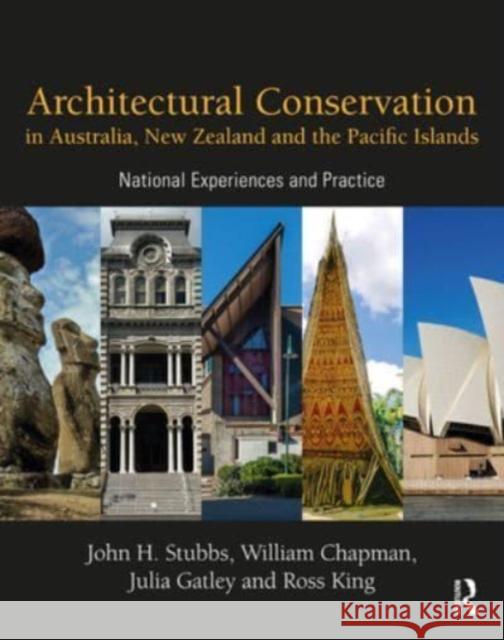Architectural Conservation in Australia, New Zealand and the Pacific Islands » książka
topmenu
Architectural Conservation in Australia, New Zealand and the Pacific Islands
ISBN-13: 9780367654436 / Twarda / 2023 / 560 str.
Architectural Conservation in Australia, New Zealand and the Pacific Islands addresses cultural heritage protection in a region which comprises one third of the earth’s surface.











